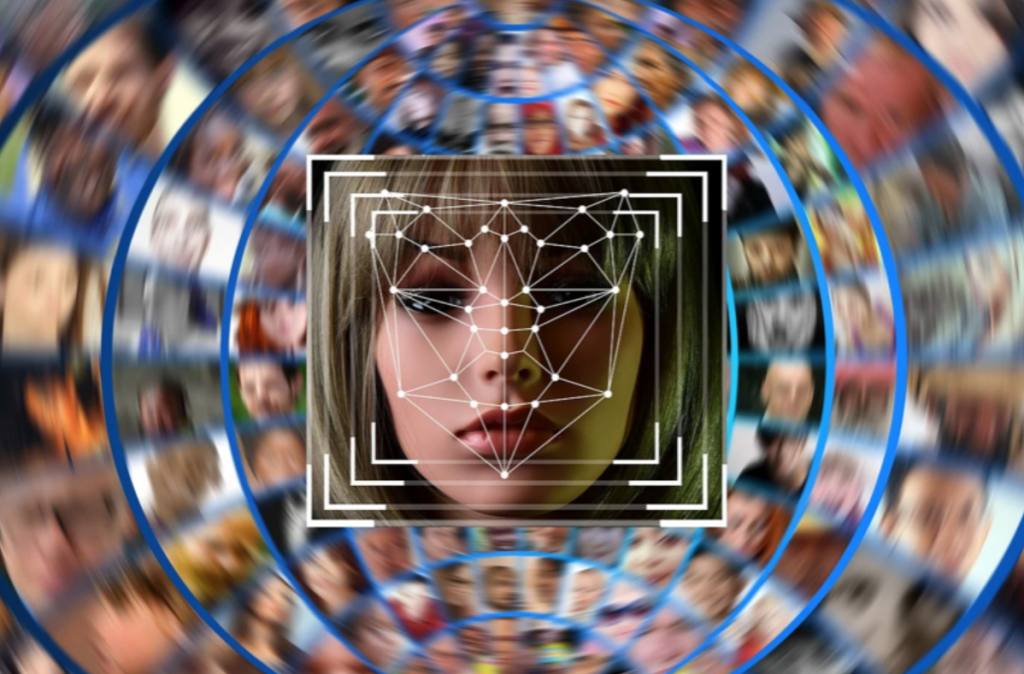The widespread introduction of facial recognition technology in the U.S. marks a significant shift in societal norms regarding privacy and surveillance. The U.S. government is increasingly advocating for this technology, particularly through initiatives like Login.gov, which facilitates access to various federal services. Users will soon have the option to verify their identities through facial recognition, a move presented as a safeguard against identity theft and fraud. However, this ostensibly voluntary measure raises concerns about privacy erosion, with critics fearing that what begins as an option could soon become mandatory. The implications of a society where one’s face is constantly scanned are alarming and evoke visions of a dystopian future.
Proponents of facial recognition technology argue that it employs sophisticated algorithms approved by the National Institute of Standards and Technology (NIST), ensuring that any collected data meets high security standards. Yet, skepticism remains high regarding whether the benefits truly outweigh the potential dangers. With over 100 million users on Login.gov, it is anticipated that many will gravitate toward the convenience of facial recognition, which could, in time, overshadow traditional identification methods. Despite assurances about maintaining alternative options, the momentum toward widespread adoption could result in diminishing privacy rights, leaving citizens with a troubling choice between convenience and their fundamental freedoms.
The threat extends beyond governmental approaches to personal data collection; advancements in artificial intelligence have further complicated the issue. For instance, research has indicated that AI programs, such as ChatGPT, can recognize faces with surprising accuracy, capable of distinguishing identities and even estimating age. This capability signifies a leap toward the normalization of constant surveillance in public spaces, which escalates the risk of misuse by individuals with nefarious intentions. Such tools, when mishandled or intentionally exploited, could transform into instruments of harassment and criminal activity, severely undermining personal security and privacy.
The potential for abuse is magnified by recent technological integrations, such as Harvard students merging PimEyes facial recognition software with Meta’s smart glasses. This development allows users to access personal information about strangers simply by scanning their faces. The ease with which personal data can be acquired from public interactions not only poses severe privacy risks but also raises ethical questions about consent and the balance of power between individuals and technology. The prospect of being digitally “doxxed” at a glance highlights how technology can perpetuate violations of privacy in alarming ways, creating an atmosphere of fear and mistrust.
Inarguably, these advancements are contributing to a broader surveillance culture where individuals have little recourse to escape scrutiny. With facial recognition embedded in various aspects of everyday life, the implications for personal security are profound. Every scan could equate to a location marker, transforming everyday activities into data points feeding a vast surveillance network. As individuals increasingly carry smartphones that track their movements, the looming presence of a pervasive surveillance system threatens to erode the concept of privacy entirely, casting doubt over how personal freedoms will be maintained in the face of such technology.
The push for a society devoid of privacy underlines a precarious balance. On one hand, there is the appealing allure of enhanced security, efficiency, and convenience. On the other, the specter of total surveillance looms large, signaling a potential future devoid of autonomy. As calls for privacy protection intensify, it is essential for individuals to be vigilant and advocate for their rights. Once privacy is surrendered, reclaiming it becomes an arduous task, necessitating proactive measures today to prevent a fully monitored future. The dialogue about the use and regulation of facial recognition technology must be robust and inclusive, ensuring that the rights of citizens are prioritized in the face of rapid technological change.

